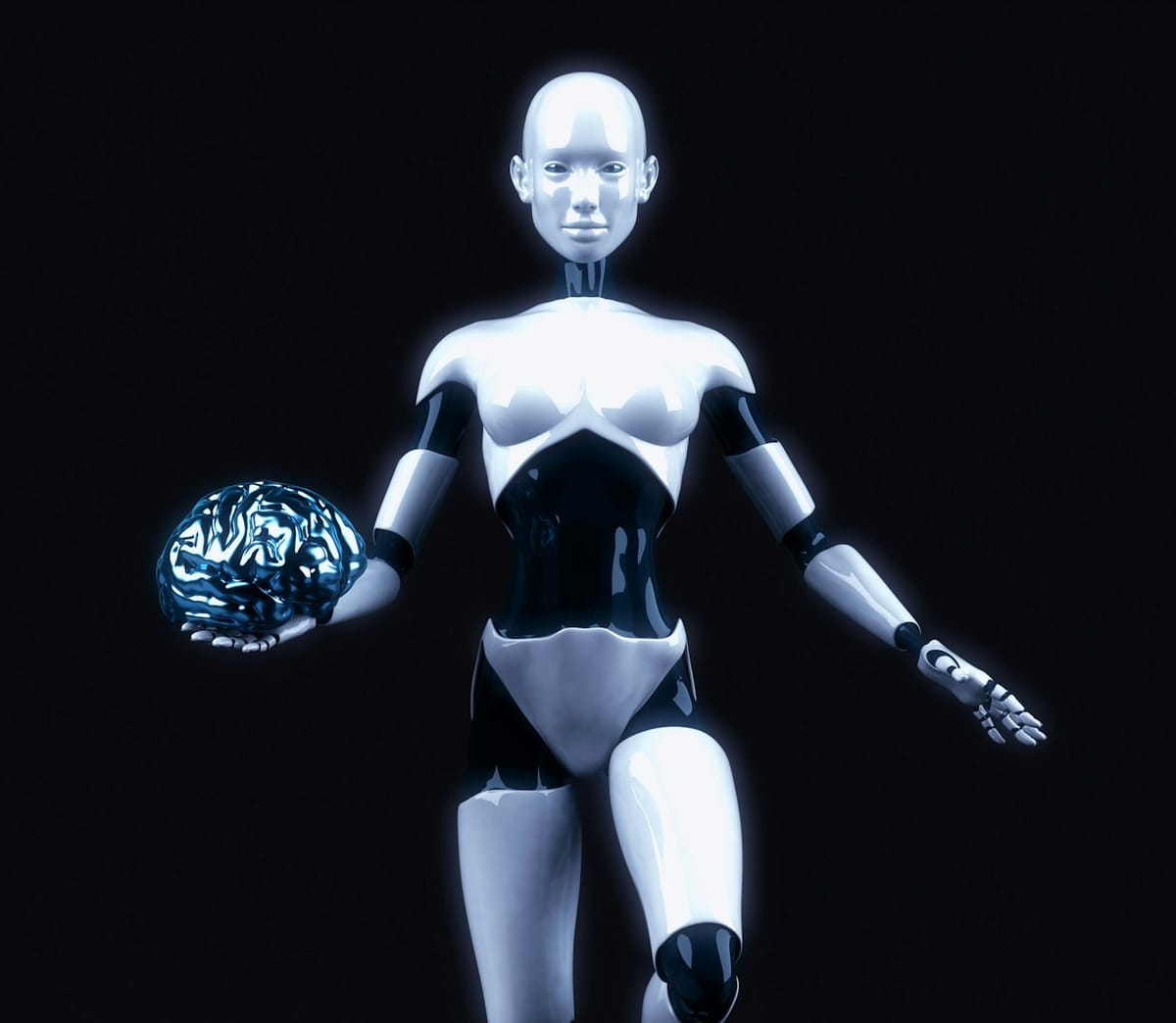Training on Trauma: Should AI Models Ingest the Internet’s Darkest Corners?
AI models ingest harmful content to get smarter — but at what cost? Here's why training on trauma raises ethical red flags.

To understand the world, must AI absorb its ugliest parts?
From hate speech and abuse to graphic violence and extremist ideology, the internet is full of dark, disturbing content. And many of today’s most powerful AI models — from chatbots to content moderators — are trained on massive datasets that include exactly that.
The logic is simple: if an AI is to recognize, flag, or avoid harmful content, it must first see it.
But this raises a deeper, more uncomfortable question: Should AI really be trained on trauma — and what happens when it is?
Why the Dark Data Gets In
Large language models and content moderation systems rely on vast swaths of internet data to learn. That data often includes:
- Reddit and 4chan threads
- News reports of violence and abuse
- Transcriptions of extremist rhetoric
- Real stories of personal trauma posted in public forums
The argument for inclusion is functional:
- Moderation AIs need to recognize harmful patterns
- Chatbots need to understand context — even the disturbing kind
- Researchers claim a sanitized dataset leads to a naive, inaccurate model
But there’s a cost — and it’s not just computational.
The Human Cost of Training AI on Trauma
While AIs “consume” the data, it’s humans who often pay the price:
- Content labelers in developing countries are exposed to traumatic material without adequate support
- Researchers and annotators face psychological stress from reviewing harmful content
- Even users may experience unsettling outputs when an AI trained on dark material responds inappropriately
These models may absorb the trauma — but they don’t process it. They remix it. Repurpose it. And sometimes, accidentally regurgitate it.
This leads to another dilemma: Are we just shifting the burden — from the user to the worker to the model — without ever confronting the root?
Ethics vs Effectiveness: The Data Tradeoff
There’s no easy answer. Removing dark data entirely may lead to:
- AI systems that can’t recognize hate or harm when they see it
- Chatbots that sound naïve, ignorant, or falsely optimistic
- Biases of omission, where silence on hard topics becomes the default
Yet including it creates new risks:
- Re-traumatization for human workers
- Content leakage, where harmful outputs slip through filters
- Normalization, where violence becomes just another training token
Ultimately, the question isn’t if AI should ingest trauma — but how, why, and with what safeguards.
Conclusion: Learning Without Harming
As AI systems grow more powerful and embedded in society, we must ask: What kind of knowledge should they contain — and at what cost?
Training on trauma might be technically useful, but ethically, it demands a higher standard of care. That means:
- Greater transparency in dataset curation
- Psychological protections for human annotators
- Stronger guardrails to prevent toxic output
- Public dialogue on what AI should know — not just what it can
Because the goal isn’t to raise machines that can mimic trauma. It’s to build systems that help humans heal from it — or at the very least, don’t cause more.
✅ Actionable Takeaways:
- Vet dataset sources for ethical inclusion of sensitive content
- Invest in mental health support for annotators and moderation teams
- Implement robust filters for output safety
- Push for open AI dataset transparency and oversight
- Consider trauma-informed AI design in sensitive domains


